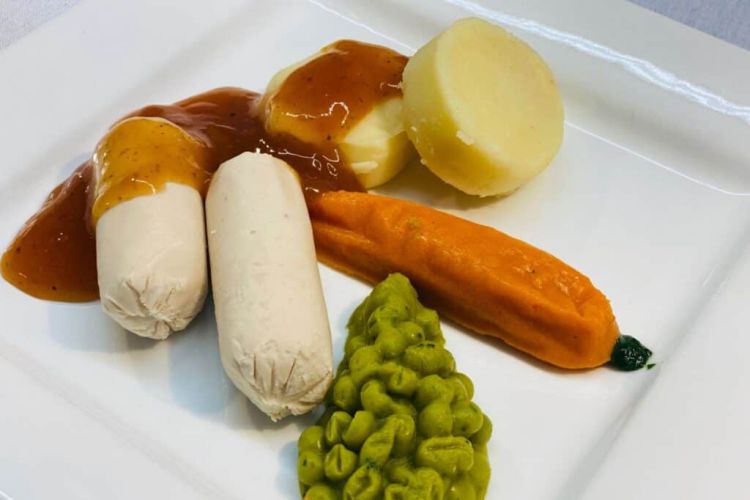 The texture of food plays a pivotal role in your culinary experiences, affecting not only your enjoyment but also the ease of consumption. From creamy yogurt to crunchy crackers, the way food feels in your mouth can greatly influence your perception of taste and overall satisfaction. For individuals with certain conditions, such as swallowing disorders, achieving the right food texture is not just a matter of preference—it’s a necessity. This article delves into techniques that enhance food texture, making it easier for everyone to savor their meals.
The texture of food plays a pivotal role in your culinary experiences, affecting not only your enjoyment but also the ease of consumption. From creamy yogurt to crunchy crackers, the way food feels in your mouth can greatly influence your perception of taste and overall satisfaction. For individuals with certain conditions, such as swallowing disorders, achieving the right food texture is not just a matter of preference—it’s a necessity. This article delves into techniques that enhance food texture, making it easier for everyone to savor their meals.
Table of Contents
The Science Behind Texture Enhancement
Creating appealing food textures involves a careful interplay of various factors, including moisture content, particle size, and structural composition. By manipulating these elements, food technologists can craft textures that cater to different dietary requirements. This process often involves techniques like emulsification, gelation, and even encapsulation. These methods allow for the modification of familiar ingredients to attain textures that meet specific needs. For example, encapsulating liquid flavors in a thin gel shell can provide bursts of taste without altering the overall texture of a dish.
Innovative Approaches to Texture Enhancement
Advancements in food technology have led to the development of products like Simply Thick, a food and beverage thickener designed for individuals with swallowing disorders. This innovative thickening agent can be seamlessly incorporated into various liquids, transforming thin fluids into more substantial textures, and reducing the risk of aspiration. Such products not only enhance the safety of consumption but also empower individuals to enjoy a wider range of foods. Additionally, techniques such as high-pressure processing (HPP) are being used to alter the texture of foods without the need for excessive heat or additives. HPP can help maintain the nutritional quality and natural flavors of foods while achieving the desired textures.
Balancing Nutrition and Palatability
While texture enhancement is important for easier consumption, it should not come at the cost of nutrition or taste. Striking the right balance between maintaining the nutritional integrity of food and enhancing its texture requires a comprehensive understanding of ingredients and cooking methods. For instance, using natural thickeners like arrowroot or tapioca starch can add viscosity to sauces and soups without sacrificing flavor. Similarly, incorporating pureed vegetables into dishes can not only enhance texture but also boost nutritional value. Finding innovative ways to blend texture-enhancing techniques with nutrient-rich ingredients is key to creating satisfying and wholesome meals.
Culinary Art Meets Texture Innovation
Texture enhancement in food is a harmonious blend of culinary artistry and scientific innovation. Chefs and food scientists collaborate to craft dishes that not only appeal to the senses but also cater to specific dietary needs. The fusion of traditional cooking techniques with modern technology allows for the creation of textures that were once thought unattainable. From molecular gastronomy’s playful approach to transforming textures to the development of plant-based meat alternatives that mimic the chewiness of animal proteins, the culinary landscape continues to evolve.
Texture enhancement in food has transcended the realm of personal preference, becoming an essential aspect of inclusive dining. Techniques like encapsulation and high-pressure processing, along with innovative products, are revolutionizing the way people approach food texture. Balancing nutrition and palatability remains a challenge, but the ongoing collaboration between culinary experts and food technologists promises a future where everyone can enjoy a diverse array of textures without compromise. As you continue to explore the boundaries of texture innovation, you’re not just altering the way you eat; you’re transforming the way you experience food.






